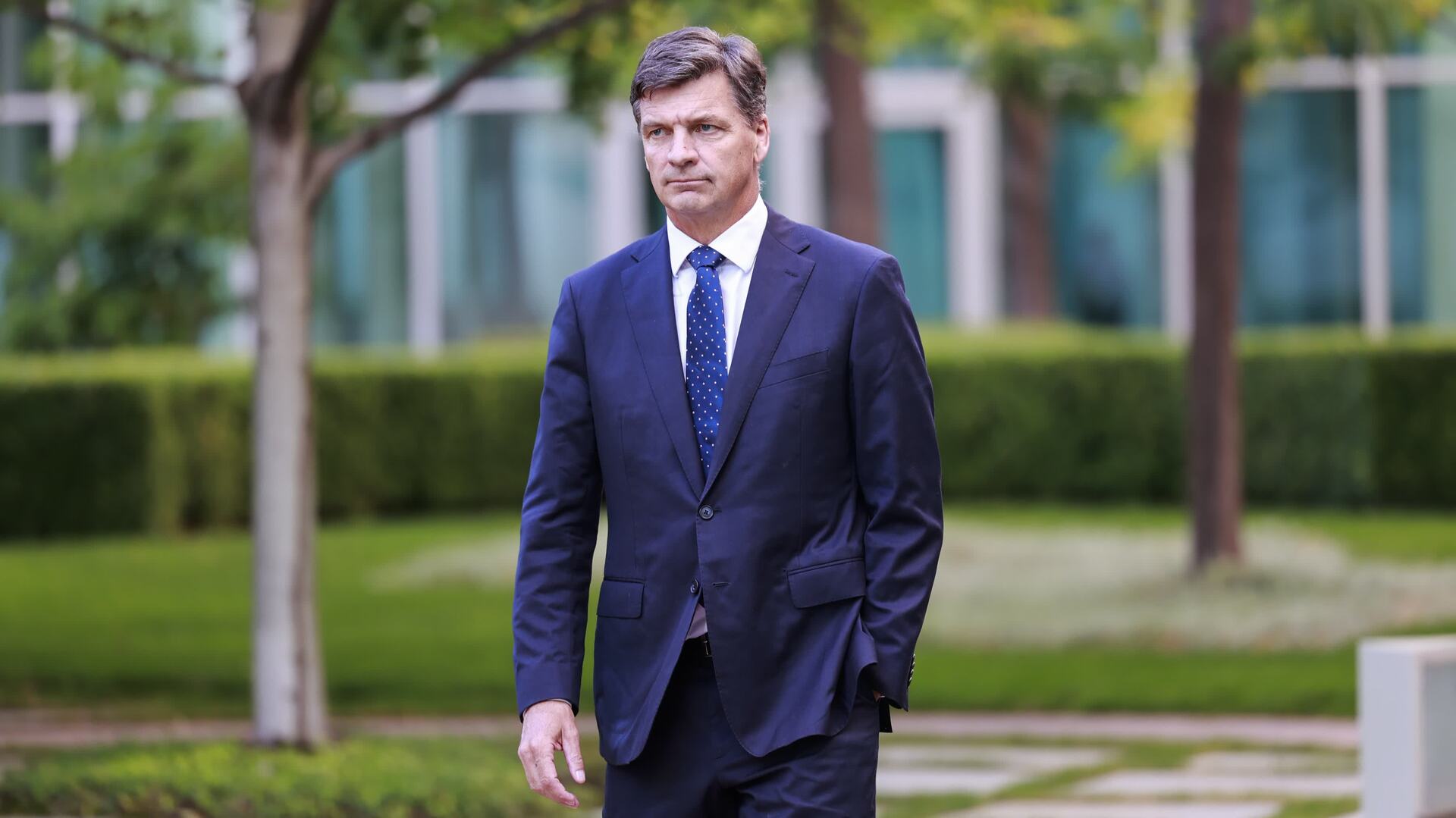
The Coalition’s detailed budget costings document is probably more revealing about Peter Dutton’s agenda for government than the totality of policies they have announced so far during the campaign.
Which begs the question as to whether he might be in a better electoral position with a day to go before the election had a lot of this been released before.
A glaring example is the Liberal Party’s education policy, the entirety of it which is contained in the costings but appears mostly to have been kept secret from the nation until now. This almost defies logic considering the target audience – parents who want a better education for the children.
There are line items in the documents for recruiting more maths teachers for secondary schools, moving back to one year graduate programs for teacher training – to get more teachers overall – and a teacher accelerator fund.
All of which would be welcomed and applauded by anyone who cares about wanting their kids to be smarter.
But there was both risk and reward in the approach Dutton has taken to the task.
What is perhaps most revealing about the costings is the cleaver that the Coalition is taking to Labor’s climate change and renewable energy agenda.
And this goes to why the Liberal leader was keen to have it released as late as possible, if the contest in the teal-held seats is a consideration.
The axing of Labor net-zero related programs will amount to around $10bn.
Which coincidentally is around 80 per cent of the total improvement to the budget bottom line over the next four years that Treasury spokesman Angus Taylor is claiming.
This includes things as arcane as some unspecified research activities of the Climate Change Authority but also big-ticket items like axing the Net Zero Economy Agency and electric vehicle tax breaks.
There are Labor government programs in the firing line with unexplainable functions of which few would have heard.
And while some of the climate change-related programs have been well ventilated – necessary to start underwriting the Coalition’s nuclear agenda – the scale of savings made from their abolition was likely to elevate the politics of the ambition.
What is clear from the costings is the internal tension over the fiscal narrative the Coalition wanted to achieve the political reality of trying to get elected.
Labor made a political calculation prior to the election that the fiscal and economic risks of its spending spree would not be a significant factor when it comes to voter intention.
Depressingly, this cynical assessment may be true.

And the political risk has not been lost on the Coalition in a contest between handouts and fiscal integrity.
Taylor’s top-line numbers see the Coalition scraping $14bn off Labor’s deficits over the four-year forward estimates.
It’s an attempt at starting to make inroads, but considering the size of the Coalition’s own spending commitments, Dutton has been unable to showcase a date for a return to surplus.
He is also exposed by the admission that for the first two years of a Coalition government, the deficits will be around $8bn larger than Labor’s existing ones, before being brought substantially down over the remaining two years.
There is no doubt the Coalition’s budget numbers would have looked better had it not felt forced to match Labor’s spending where it stood to hurt the Coalition most.



